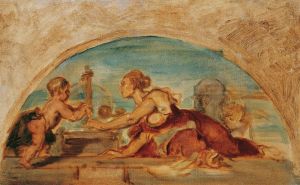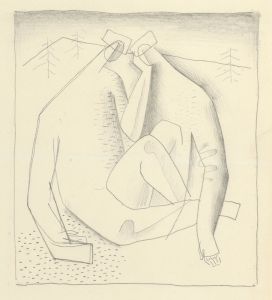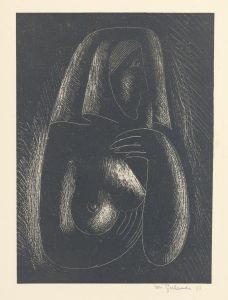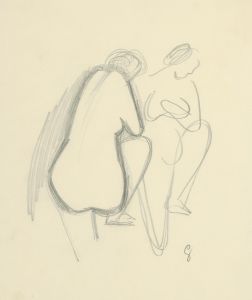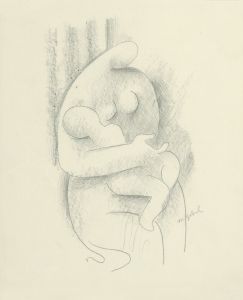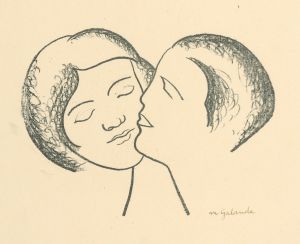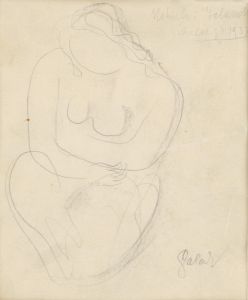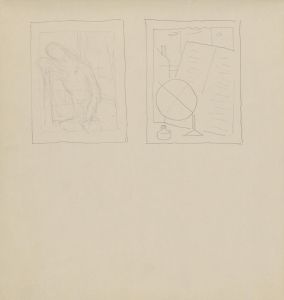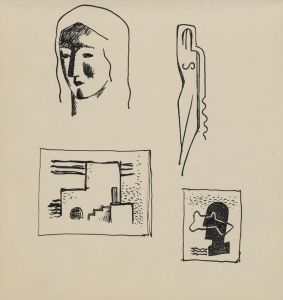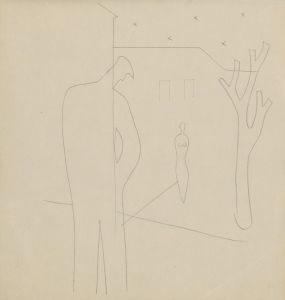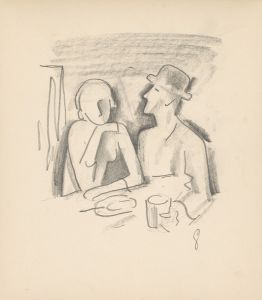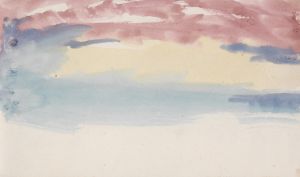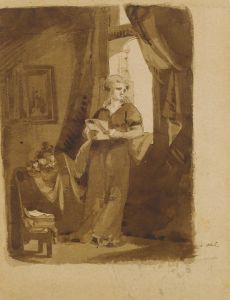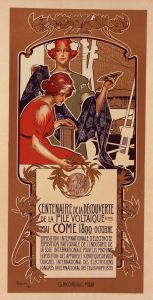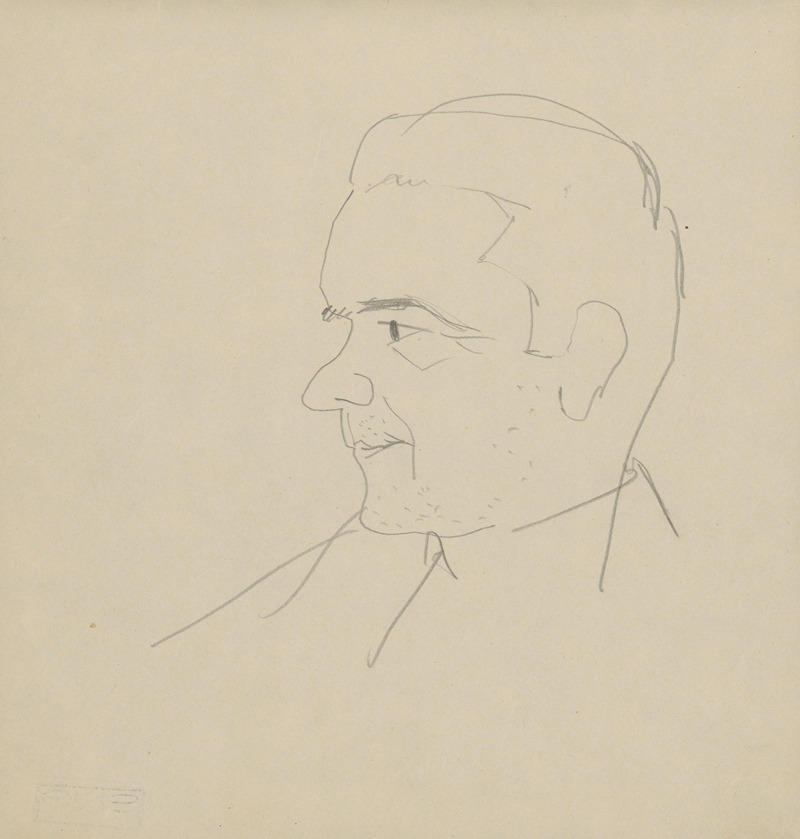
Sketchbook with Various Studies
A hand-painted replica of Mikuláš Galanda’s masterpiece Sketchbook with Various Studies, meticulously crafted by professional artists to capture the true essence of the original. Each piece is created with museum-quality canvas and rare mineral pigments, carefully painted by experienced artists with delicate brushstrokes and rich, layered colors to perfectly recreate the texture of the original artwork. Unlike machine-printed reproductions, this hand-painted version brings the painting to life, infused with the artist’s emotions and skill in every stroke. Whether for personal collection or home decoration, it instantly elevates the artistic atmosphere of any space.
Mikuláš Galanda was a prominent Slovak painter, illustrator, and graphic artist, known for his significant contributions to modern Slovak art in the early 20th century. One of his notable works is the "Sketchbook with Various Studies," which showcases his diverse artistic skills and interests. This sketchbook is a collection of drawings that reflect Galanda's exploration of different themes, techniques, and styles, providing insight into his creative process and artistic development.
Galanda was born on May 4, 1895, in Turčianske Teplice, Slovakia. He studied at the Academy of Fine Arts in Budapest and later at the Academy of Fine Arts in Prague. His education and exposure to various art movements influenced his work, leading him to become a key figure in the development of modern art in Slovakia. Galanda was a member of the "Generation 1909," a group of Slovak artists who sought to bring modernist ideas to Slovak art, breaking away from traditional styles.
The "Sketchbook with Various Studies" is an exemplary piece that illustrates Galanda's versatility and his ability to experiment with different artistic forms. The sketchbook contains a variety of studies, including figure drawings, landscapes, and abstract compositions. These studies reveal Galanda's keen observation skills and his interest in capturing the essence of his subjects through quick, expressive sketches.
Galanda's work is characterized by a synthesis of different influences, including Cubism, Expressionism, and Folk Art. In his sketchbook, one can observe the interplay of these styles, as he often combined geometric forms with expressive lines and vibrant colors. This blend of influences is indicative of his broader artistic oeuvre, where he sought to create a unique visual language that resonated with the cultural and social context of Slovakia.
The sketchbook also highlights Galanda's interest in the human form, as many of the studies focus on the anatomy and movement of figures. His figure drawings are marked by a fluidity and dynamism that suggest a deep understanding of human anatomy and a desire to convey emotion and movement. These studies likely served as preparatory works for his larger compositions, where he often depicted scenes of everyday life, imbued with a sense of vitality and immediacy.
In addition to figure studies, the sketchbook includes landscape drawings that reflect Galanda's connection to the Slovak countryside. These landscapes are characterized by their simplicity and attention to detail, capturing the natural beauty of the region with a sense of tranquility and harmony. Through these studies, Galanda demonstrated his ability to convey the essence of a place with minimalistic yet evocative lines.
Galanda's "Sketchbook with Various Studies" is not only a testament to his artistic skill but also an important document of his creative journey. It provides valuable insight into his artistic process and the development of his distinctive style. As a key figure in Slovak modern art, Galanda's work continues to be celebrated for its innovation and its contribution to the cultural heritage of Slovakia.
Overall, the sketchbook serves as a window into the mind of an artist who was constantly exploring and pushing the boundaries of his craft. It remains an important piece for understanding the evolution of modern art in Slovakia and the broader context of European art movements during the early 20th century.





